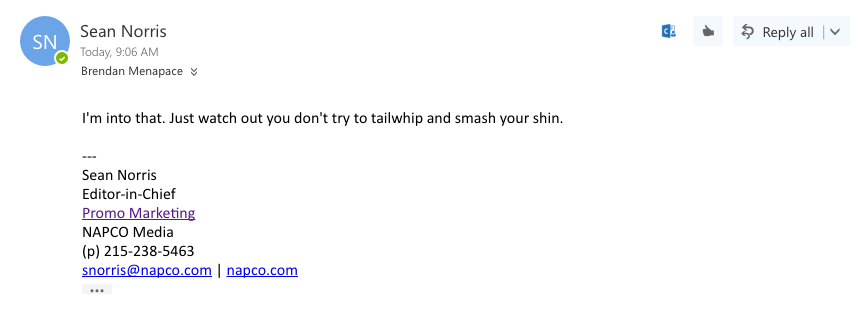Scooters—once thought of as the forgotten child in the bicycle and skateboard family that only had a place in the hearts of children and Google employees traveling throughout the office in a display of high tech whimsy—have grown up. Like any evolution or maturation, the scooter is a far cry from the simple, rattly, metal scythe meant to take chunks out of your shins.
They’re now means of transportation for urban adults and, like bike share programs, have become the chosen steeds of tourists in a lot of major cities in the U.S. The difference between the bike share programs and the scooters, however, is that the scooters are run by private businesses, rather than being associated with the city. They also don’t have designated rental racks, so when you’re done using the scooter, which you rent using an app, you can just chuck it on the sidewalk like you did when you were a kid and you arrived at your friend’s house (but in this case you don’t have to worry about it getting stolen).
Companies like Bird and Lime are taking over the urban travel world, at least in the U.S., with big-time car share companies like Lyft and Uber even releasing their own fleets of scooters.
How @BirdRide is working to make its scooters a truly sustainable transportation option: https://t.co/cAs8amuJcp pic.twitter.com/tF1Te4JEhH
— Fast Co. Impact (@FastCoImpact) April 24, 2019
The scooter phenomenon (both electric and old-school push style) seems like a spiritual successor to the hoverboard trend. People seem to have had their fill of the danger associated with them (while riding or charging them) and want something a bit more sturdy they can hold onto. You also look less dorky riding a scooter than you do riding a segway.
Between the prospering scooter-share market and the societal acceptance of adults riding scooters like the ones they got for Christmas in 2002 but with bigger wheels, it’s a neat idea for promotional products distributors to look into branded scooters as potential options for clients.
They typically require less maintenance than a bicycle, so the end-user is more likely to hang onto them for longer. And like we said, if your client is one those cool tech companies in California or New York, employees could use them to get around the office.
Here’s the thing about the electric scooters popping up in cities though: They are starting to become a nuisance to some. They’re clogging sidewalks and sort of look like trash when they’re just discarded along walkways. Because of that, some cities are forcing companies to limit the sizes of their scooter fleets or considering an outright ban. So, obviously, there are still some kinks to work out here, as there would be with any new idea that grows faster than the companies know how to control.
But, for those old-timey push scooters (let’s call them “acoustic scooters” for fun), there’s really no problem. They’re typically used by people who know how to ride them, rather than someone just acting on a whim. And since they’re something people buy, they’re likely going to be used by people who know where they’re going and how to get there, rather than tourists aimlessly clogging up streets and sidewalks looking for the restaurant from “Seinfeld.”
But the best thing about scooters is that just about everyone can ride them. They’re not as complex as a bicycle, and they’re easier to control than a skateboard. For those acoustic scooters (really pushing that), there’s no carbon footprint or fire hazard attached to charging them. And most importantly, right now, they’re somehow cool again.




